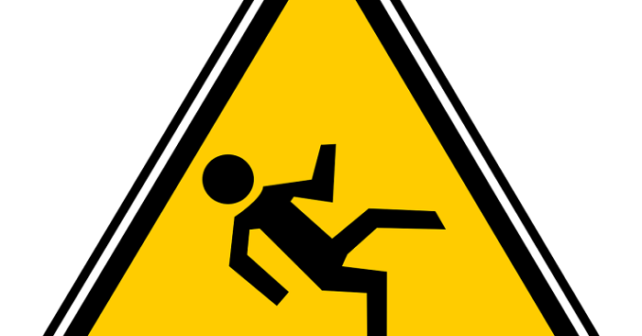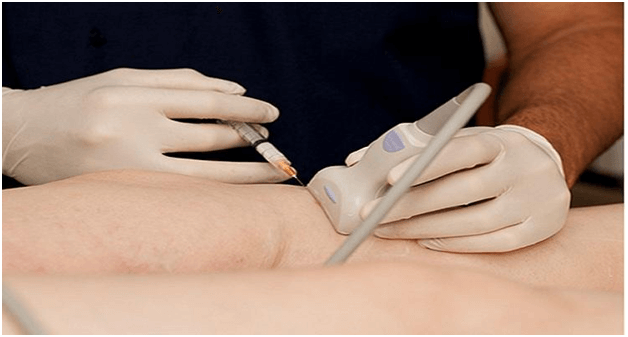
This exercise to strengthen the abdomen and diaphragm helps to develop the strength of the body center in an integrated way. It uses the somatic principle of re-education of the nervous system. Its exercises improve the body’s ability to perform movements with minimal muscular force.
Exercises for the abdominal muscles
The importance of the abs and diaphragm connection
The strength and flexibility of the diaphragm is essential for the development of a strong center.
The abdominal muscles also play an important role in the development of this physical flexibility. The connection between these two muscle areas supports strength, coordination and balance in any type of movement. The focus of this exercise is to awaken body awareness about this organic connection and to release tensions that impede its flow.
Instructions for strengthening the abdomen and diaphragm
The first part of this exercise helps to improve the ability to feel the breathing process at a deep level. The second part of the exercise focuses on stretching the diaphragm. Before the exercise, it is recommended that you observe the anatomical diagram of the diaphragm and the abdomen. Look at the shape of the diaphragm, the position of the ribs and the organs located within these two areas (e.g. lungs and ovaries).
Lie on your back with your legs parallel. Bend your knees so that the soles of your feet are close to the floor. Close your eyes.
Breathe in a natural way for a few minutes. Do not try to alter or interfere with the flow of your breath. Simply receive the air that enters your body and then release the air that is expelled when you exhale.
Observe the flow of your breath as if you were gazing at a landscape.
Pay attention to the diaphragm. Feel the movement that naturally occurs in your diaphragm as it enters and leaves your body with air. Visualize in your mind’s eye the diaphragm in motion: it drops as air enters and rises as air exits.
Pay attention to the diaphragm. Imagine your fibers. Imagine them as thin filaments that come close to each other during inhalation and elongate and stretch during exhalation.
Focus your attention on the inhalation phase. Feel how the muscle fibers elongate in an elastic way as the air leaves your body.
Now focus your attention on the opposite. Feel the fibers of the diaphragm during the inhalation phase. As the air enters the body, imagine these filaments approaching and sliding against each other.
Expand your attention to the abdominal muscles. Notice the movement that causes the breath and the opposite action that occurs in the diaphragm and abdominal muscles. As you inhale, the diaphragm expands vertically and the abdomen compresses inward.
When you exhale, the diaphragm compresses inward and the abdomen expands vertically.
As you exhale, imagine the abdominals falling on the spine as if they were a giant leaf falling to the ground.
Now focus on the sliding action that occurs in the muscle fibers. As you inhale the thin filaments of the diaphragm, they slide in contact with each other and the abdominal membranes stretch and move away from each other. As you exhale, the filaments of the diaphragm stretch and move away from each other, and the strands of the abdomen slide against each other.
Pay attention to the diaphragm and the organs of the abdomen. Feel the subtle movements that occur in the organs as air enters and leaves the body.
Imagine the organs oscillating in the area between the diaphragm, the abdominal wall and the pelvic floor.
Imagine the air massaging and conditioning the organs in that area. During inhalation, air flows to and massages these organs; during exhalation, air seals unwanted tension in the organs.
Notice the vaulted shape of the diaphragm and its two domes. On inhalation, imagine the domes of the diaphragm moving toward the pelvis and the ribs expanding horizontally and vertically (toward the head). On exhalation, visualize the dome of the diaphragm moving toward the head, with the edges moving down and inward toward the ribs.
Open your eyes and gradually stand up. Slowly move through the space, focusing your attention on your breath. Observe how breath awareness affects your movement.
Practice various dance movements while maintaining awareness of the breath and the connection between the diaphragm and the abdomen.
Benefits of Conditioning
If you practice this exercise regularly, you can begin to reap important benefits, such as
Strengthening of the diaphragm and abdominal muscles.
Expanding the ability to breathe deeply.
Reducing tension in the spine.
Improving body alignment.
awakening a sense of vertical expansion in the front of the spine.
Relieving stress ;
Creating a strong center that supports mobility



